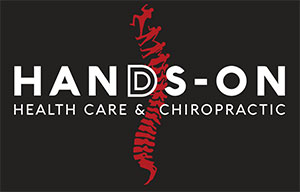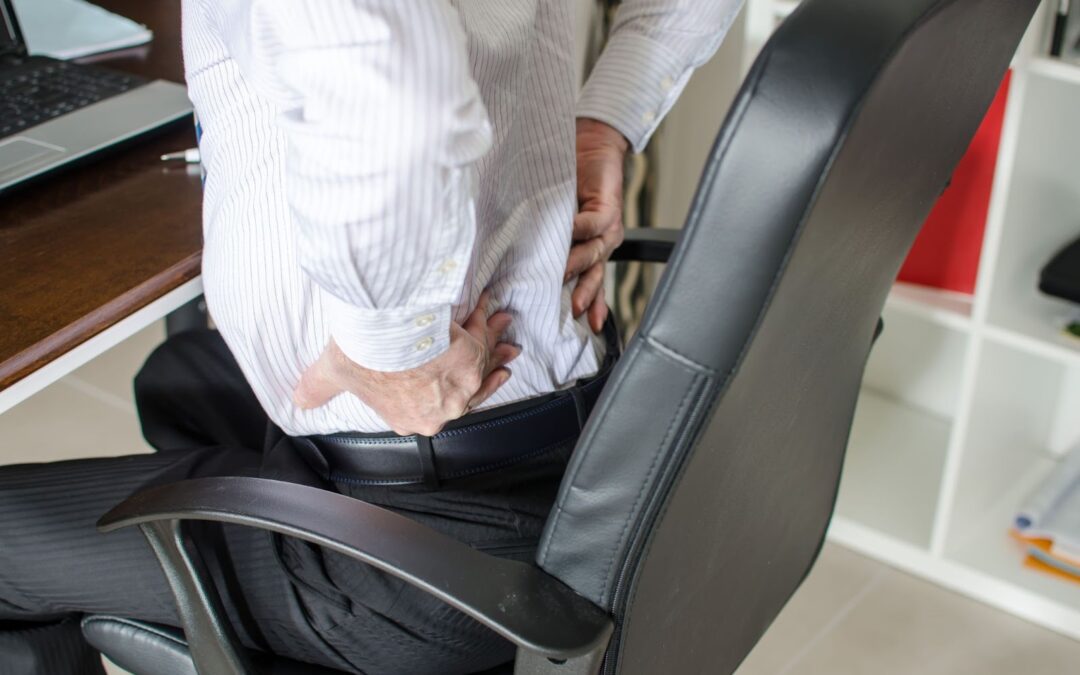As long as the COVID-19 pandemic continues to pose a threat in the United States, many employees are still working from home. If you are among this group, you may find yourself experiencing new pains and aches you weren't accustomed to. While Human Factors Engineering of Computer Workstations as an American National Standard (ANSI-HFES 100–2007) is not mandated, many companies comply with it in the design of their computer workstations, furnishing the office with ergonomic furniture and accessories.
1. View your computer screen with a straight neck
Set your screen at a comfortable viewing height in front of you. Do not angle your screen so you must twist your neck. Some people prefer to put their keyboard and mouse in front of them with their screen to the side, but the swiveling results in neck pain. To raise a separate screen or a laptop to a comfortable viewing position straight in front of you, you may have to place it on a stack of books or a cardboard box.
2. Position your keyboard and mouse at a comfortable height
When your laptop's screen has been raised for a comfortable viewing angle, use an external keyboard and mouse. You should use the keyboard and mouse with your forearms and hands level and straight, and your arm should be close to your body when you use the mouse. From the neck, nerves run down through the shoulder, elbow, and wrist to the hand. If you keep your arm at your side, the nerves won't be compressed, but if you spread it out too far, you may strain your neck or shoulder.
3. Sit back in your chair
Don’t try to sit upright and don’t hunch forward in your chair.
Your lower back curves in toward your belly. This is called lordosis, and it is the most relaxed position for the lower back. It puts the least amount of pressure on the intervertebral discs in that region. Leaning forward injures your intervertebral lumbar discs, as your lumbar spine twists outward, a condition known as kyphosis. Thus, you want to sit so that the natural lordosis curve of your lumbar spine is supported.
Sit back in your chair so some of your body weight is supported by the back and sit close enough to reach your keyboard and mouse comfortably. You can use a cushion or rolled-up towel behind your lower back if the chair does not have adequate lower-back support. Although it's cheaper and less effective than an ergonomic chair, it's still better than nothing.
4. Limit the time you work on your bed
Beds are even worse than chairs because your legs will be stretched horizontally or crossed unless you sit on the sides of the bed. It's too low for optimal screen viewing, so you'll need to hunch over. If your only option is to stay in bed, place a pillow behind your back to rest against the headboard, and put your laptop on a cushion in your lap. Alternatively, get a low table to place the laptop on so that you can type comfortably without straining your neck.
These are just a few simple steps you can take to help relieve back pain. If you still are struggling with pain that interferes with your daily life, book an appointment with Hands-On Health Care & Chiropractic by calling 727-937-6740 today, or contact us on our website for more information.


